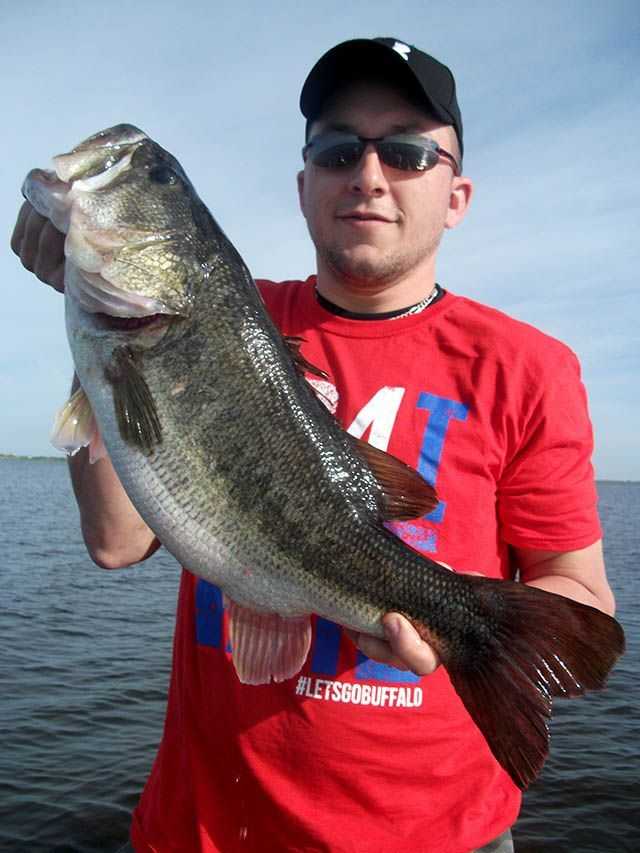
If you are an angler, May could well be one of your favorite months on the calendar. Although every month offers fishing opportunities, May is one of those months that every species in the lake can be taken, whether it’s for eating, or to be released. Bass fishing is at a peak. Most of the bass have spawned and are now eagerly seeking an easy meal, and newly hatched shad fill that bill quite nicely. The full moon in spring is a time when shell cracker and blue gill, two of the most heavily sought fish for table fare, can be found in shallow water. These two pan fish can be caught a variety of ways. Light spinning tackle will work just fine, but most old school anglers still use the same basic (cane pole) that has been used for years, only these days the pole is made of graphite instead of cane. Several kinds of bait can be used to catch pan fish. Grass shrimp, which can be found in the vegetative growth around the lake, are highly prized for its ability to trigger a bite from every species of fish in the lake. Red worms and crickets will both draw bites from pan fish and are much easier to acquire.
Warm water is the key to the great spring fishing, and when put in conjunction with a full moon phase it is all the better. Bass are hungrily prowling the shallow water looking for their next meal. Shad, shiners and small pan fish all make a tasty snack for a hungry bass. A live wild shiner will still draw strikes from the larger bass, but sheer numbers of fish may well fall prey to an artificial bait. Top water, swim baits, swim jigs and all sorts of plastics can elicit strikes from aggressive bass. Once the bass have spawned they tend to move toward the outside edges of the cover, many times they will hold in the Kissimmee grass that borders the lake. The grass is growing now and emitting oxygen that feeds the entire ecosystem.
Bass fishing should be productive throughout the rest of the summer, but will tend to be more of an early morning bite as the days, and water continue to warm. Pan fish will stay around and be catchable until fall, although very warm weather may drive some of them toward deeper water.